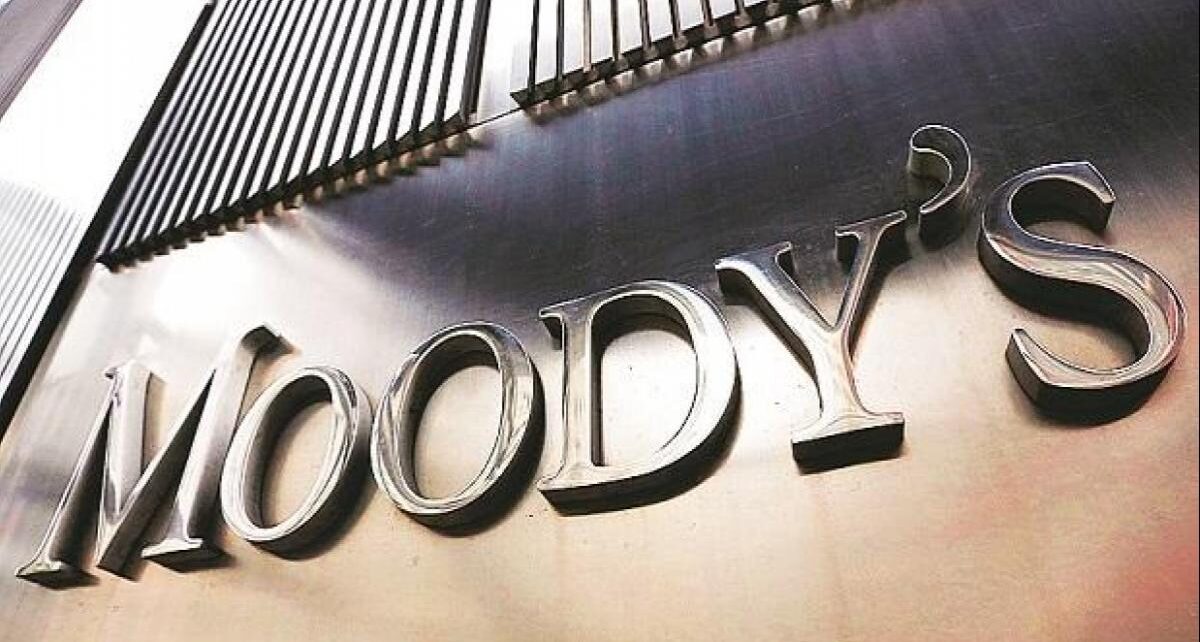The second wave of coronavirus infections and the measures to contain it can weaken the economic recovery in India, said credit rating agency Moody’s said on Tuesday.
Saying that the second wave presents a risk to India’s growth forecast, Moody’s said the Indian economy is still likely to grow in double-digits in 2021. Moody’s expects that given the focus on ‘micro-containment zones’ to deal with the current wave of infections, as opposed to a nationwide lockdown, the impact on economic activity would be less severe than that seen in 2020.
“India’s very low coronavirus death count (only about 1,70,179 deaths have been recorded as of April 12) and relatively very young population also help mitigate risks. GDP is still likely to grow in double digits in 2021 given the low level of activity in 2020,” said Moody’s Investors Service.
As per official estimates, the Indian economy contracted 8 per cent in 2020-21 fiscal year, which ended on March 31, 2021. Retail and recreational activity across India had dropped by 25% as of April 7 compared with February 24, according to Google mobility data. This was mirrored in the Reserve Bank of India‘s March consumer confidence survey which showed a deterioration in perceptions of the economic situation and expectations of decreased spending on nonessential items, it noted.
Moody’s has projected Indian economy to grow 12% in 2021. For fiscal year 2021-22, it had revised higher the growth estimate for India to 13.7% in February.
Vaccination will be a key element in managing the second wave as authorities’ balance virus management against maintaining economic activity. India began its vaccination drive in mid-January and had administered 100 million doses of the coronavirus vaccine as of April 10, becoming the fastest country to reach that threshold so far. However, a shortage of vaccines and India’s nearly 1.4 billion person population, which includes many people living in rural, more remote locations, could slow progress of the vaccine rollout. As of early April, around 7% of the population had been inoculated.




